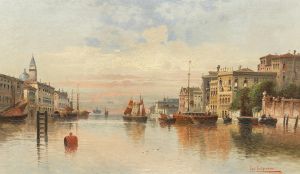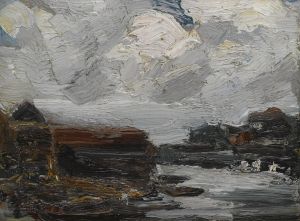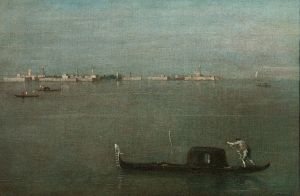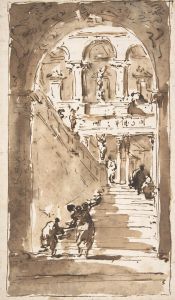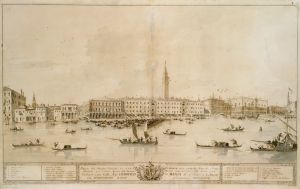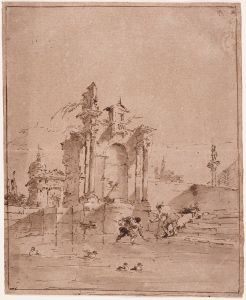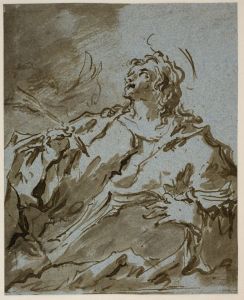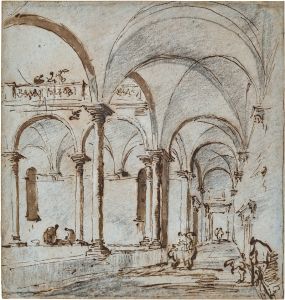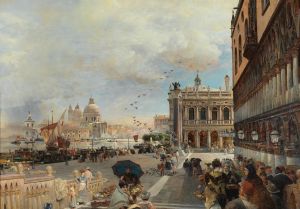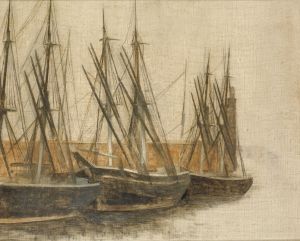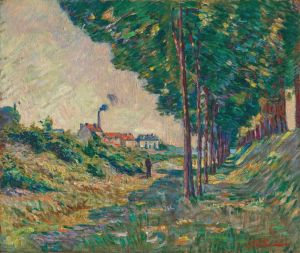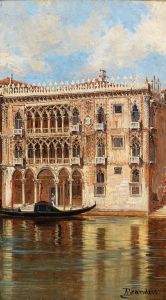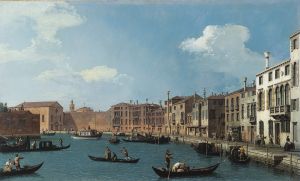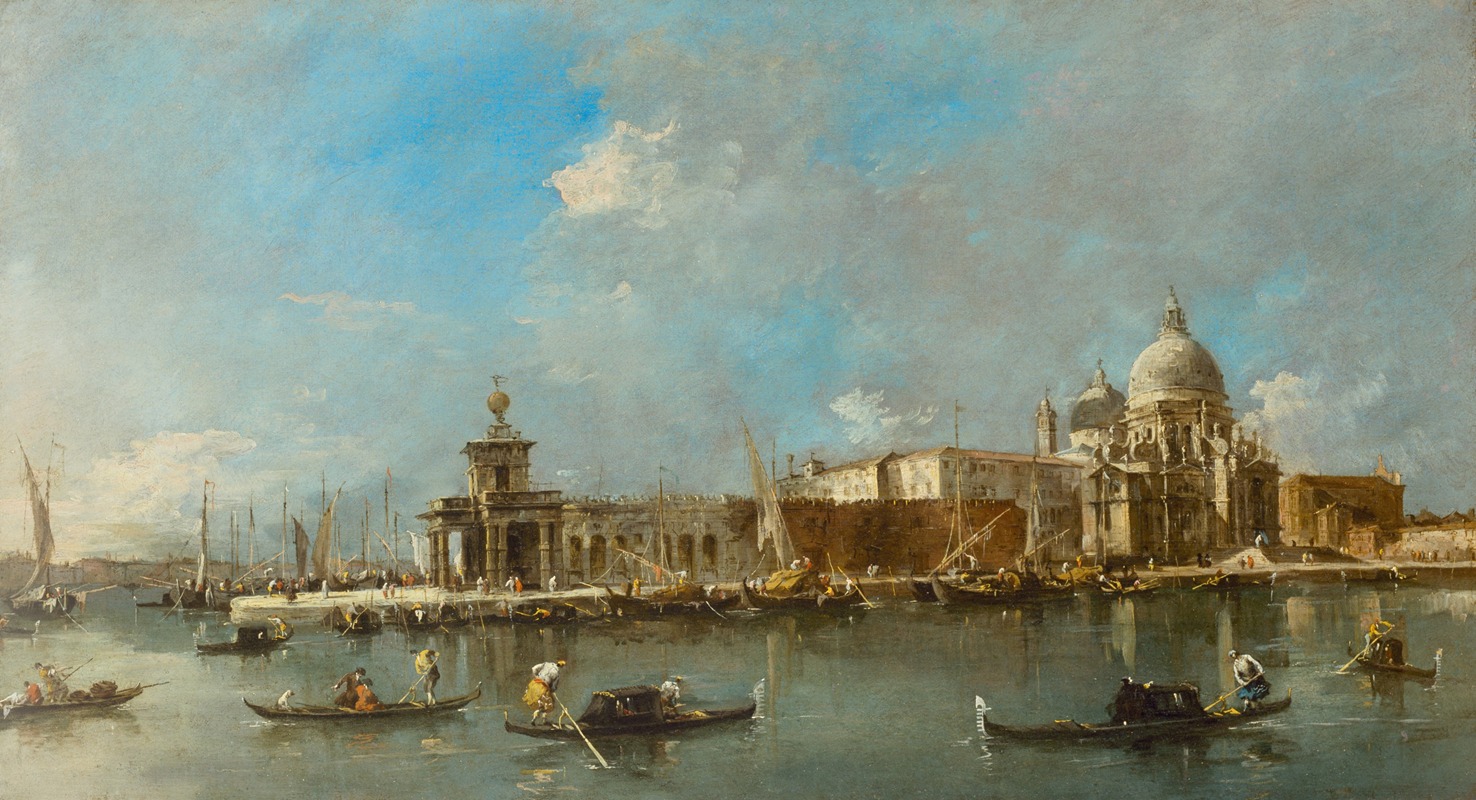
Santa Maria della Salute and the Dogana, Venice
A hand-painted replica of Francesco Guardi’s masterpiece Santa Maria della Salute and the Dogana, Venice, meticulously crafted by professional artists to capture the true essence of the original. Each piece is created with museum-quality canvas and rare mineral pigments, carefully painted by experienced artists with delicate brushstrokes and rich, layered colors to perfectly recreate the texture of the original artwork. Unlike machine-printed reproductions, this hand-painted version brings the painting to life, infused with the artist’s emotions and skill in every stroke. Whether for personal collection or home decoration, it instantly elevates the artistic atmosphere of any space.
"Santa Maria della Salute and the Dogana, Venice" is a painting by the renowned Italian artist Francesco Guardi, a prominent figure of the Venetian school of painting. Guardi, born in 1712 in Venice, is celebrated for his vedute, or detailed cityscapes, which capture the essence and atmosphere of 18th-century Venice. His works are characterized by their vibrant colors, lively brushwork, and a keen eye for architectural detail.
This particular painting depicts two iconic landmarks of Venice: the Basilica di Santa Maria della Salute and the Dogana da Mar, or the customs house. The Basilica, often simply referred to as "La Salute," is one of Venice's most famous churches. It was constructed in the 17th century as a votive offering to the Virgin Mary in gratitude for the city's deliverance from a devastating outbreak of the plague. Designed by the architect Baldassare Longhena, the church is a masterpiece of Baroque architecture, noted for its grand dome and intricate façade.
Adjacent to the Basilica is the Dogana da Mar, which served as the customs house for the Venetian Republic. Situated at the tip of the Dorsoduro district, where the Grand Canal meets the Giudecca Canal, the Dogana was a critical point for trade and commerce in Venice, overseeing the goods that entered and left the city.
Guardi's painting captures these structures with a sense of movement and light that is typical of his style. The composition is dynamic, with the bustling activity of the Venetian waterways in the foreground. Gondolas and small boats are depicted navigating the canals, adding a lively element to the scene. The use of light and shadow in the painting highlights the architectural features of the Basilica and the Dogana, while the sky and water reflect the changing moods of the Venetian atmosphere.
Francesco Guardi's work is often compared to that of his contemporary, Canaletto, another master of Venetian vedute. However, Guardi's approach is more atmospheric and less focused on precise architectural detail, giving his paintings a more impressionistic quality. This style would later influence the development of landscape painting in the 19th century.
"Santa Maria della Salute and the Dogana, Venice" exemplifies Guardi's ability to convey the unique charm and vibrancy of Venice. His paintings are not merely topographical records but are imbued with a sense of the city's spirit and vitality. Today, Guardi's works are highly valued for their artistic merit and historical significance, offering a window into the life and architecture of 18th-century Venice.
This painting, like many of Guardi's works, is housed in various collections around the world, including major museums and private collections. It continues to be studied and admired for its contribution to the genre of vedute and its representation of Venice's enduring allure.





